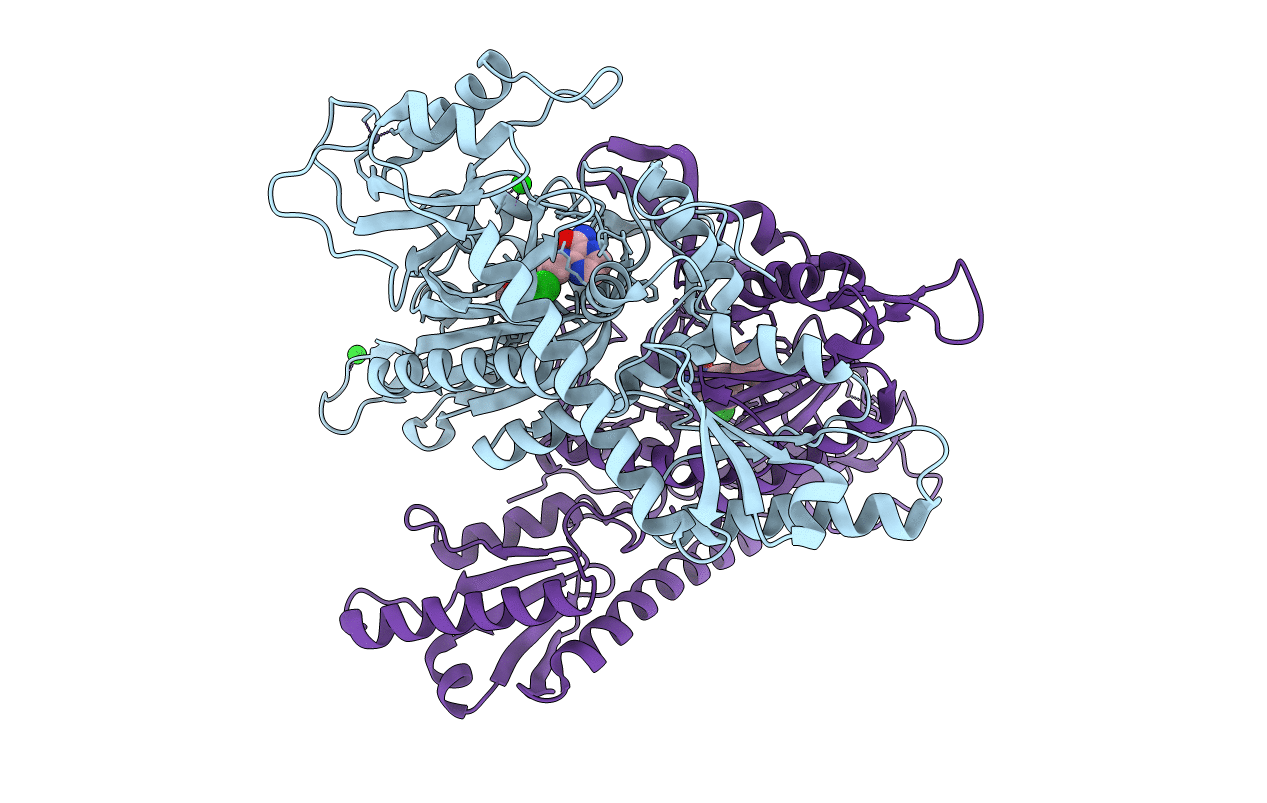
Deposition Date
2021-06-09
Release Date
2021-07-28
Last Version Date
2024-01-31
Entry Detail
PDB ID:
7OT0
Keywords:
Title:
Human Prolyl-tRNA Synthetase in Complex with L-proline and Compound 4h
Biological Source:
Source Organism:
Homo sapiens (Taxon ID: 9606)
Host Organism:
Method Details:
Experimental Method:
Resolution:
2.32 Å
R-Value Free:
0.25
R-Value Work:
0.19
R-Value Observed:
0.19
Space Group:
P 1 21 1


